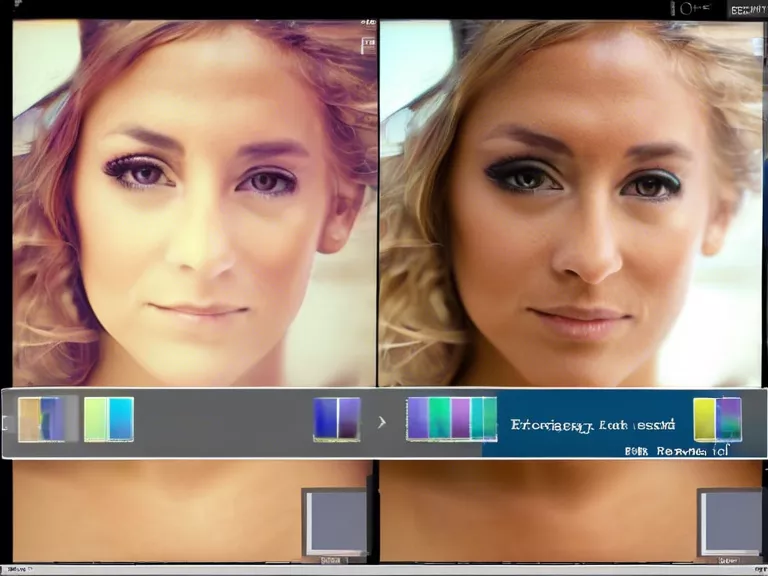
Depth of field is a key element in photography that can greatly enhance the quality of your portraits. Mastering depth of field can give your images a professional touch and create stunning results. Here are some tips to help you achieve a professional-looking depth of field in your portrait photography.
Choose the right aperture: The aperture setting on your camera determines the depth of field in your images. A lower f-stop (wider aperture) will create a shallow depth of field, blurring the background and making your subject stand out. On the other hand, a higher f-stop (narrow aperture) will increase the depth of field, keeping more of the scene in focus.
Focus on your subject: Make sure to focus on your subject's eyes, as they are usually the focal point of a portrait. By nailing the focus on the eyes, you can draw the viewer's attention to the most important part of the image and create a captivating portrait.
Use the right lens: Different lenses have different effects on depth of field. A prime lens with a wide aperture, like a 50mm f/1.8, can create a beautiful shallow depth of field for portraits. Experiment with different lenses to see which one gives you the desired effect.
Consider the distance between your subject and the background: The distance between your subject and the background can also affect the depth of field. By increasing the distance between the two, you can achieve a more pronounced background blur, enhancing the separation between the subject and the background.
Practice and experiment: Like with any aspect of photography, mastering depth of field takes practice. Experiment with different aperture settings, focus points, and compositions to see what works best for your style. Don't be afraid to try new techniques and learn from your mistakes.
By following these tips and practicing regularly, you can enhance your portrait photography with a professional-looking depth of field. Remember to pay attention to details, focus on your subject, and experiment with different settings to achieve the desired effect.



